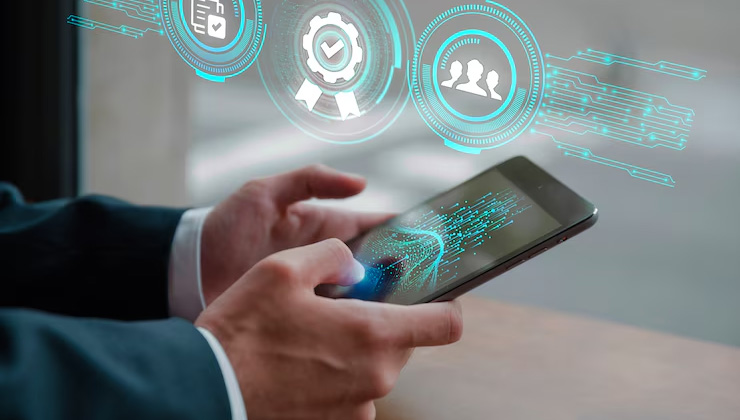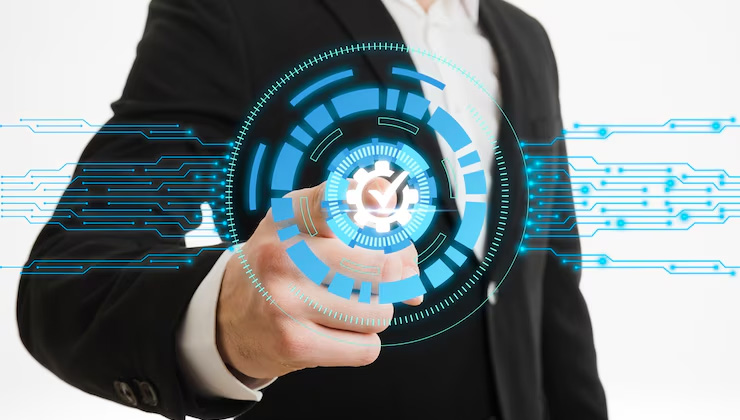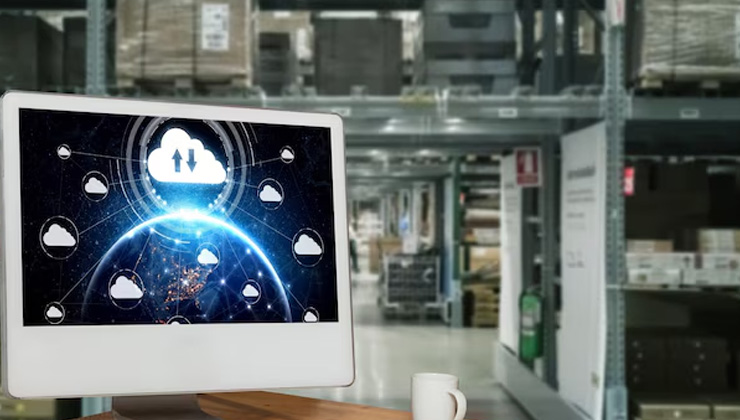
In today's hyper-connected world, data is being generated at unprecedented rates. From smartphones to industrial machines, nearly every device produces data that needs to be processed and analyzed. Traditionally, this data is sent to centralized cloud servers, where it's processed and then sent back to the device. But this approach isn't always efficient, especially for applications that demand immediate responses. Enter edge computing—a new paradigm that brings data processing closer to the source, enabling faster, more responsive performance in real time.
Edge computing is a technology that allows data to be processed locally, right where it's generated, instead of sending it to a distant cloud server. The “edge” refers to the physical location where the data is produced, whether it's a smartphone, a factory sensor, or a self-driving car. By moving computation to the edge, devices can analyze and respond to data almost instantly, without the delay of sending information back and forth to the cloud.

In many scenarios, real-time processing is critical. Imagine an autonomous vehicle that relies on sensors to detect obstacles and make split-second decisions. If it had to send data to a distant server and wait for a response, even a slight delay could lead to dangerous consequences. Edge computing allows the vehicle's system to process sensor data locally, ensuring immediate reactions and safer driving.
This same principle applies across industries. For example, in healthcare, wearable devices that monitor a patient's vital signs can use edge computing to detect irregularities and alert healthcare providers instantly. In manufacturing, edge computing enables machines to monitor their own performance and prevent breakdowns by identifying issues in real time. In each case, the ability to analyze data locally, at the edge, makes all the difference.
Latency—the delay between data being generated and the resulting response—is a major drawback of centralized cloud processing. For tasks that require instant feedback, such as gaming, video streaming, or augmented reality applications, even a few milliseconds of delay can disrupt the user experience. Edge computing minimizes latency by keeping data processing close to the device, making interactions smoother and responses faster.
For businesses, this translates to better customer experiences and more efficient operations. In retail, for instance, edge computing can power systems that analyze in- store customer behavior and adjust displays or promotions on the fly, creating a more engaging shopping experience.
Another significant benefit of edge computing is enhanced security and privacy. When data is processed locally rather than transmitted to a central server, it reduces the risk of interception during transmission. Additionally, sensitive data can be stored and processed on the device itself, minimizing the amount of personal information sent over networks.
For example, in smart home devices, edge computing allows for voice recognition and other processing to occur directly on the device. This means that private information, such as voice commands, doesn't need to be stored or analyzed in the cloud, offering users greater control over their personal data.

With the growth of the Internet of Things (IoT), billions of devices are constantly generating data. Sending all of this information to centralized cloud servers can be expensive and resource-intensive. Edge computing reduces the load on cloud infrastructure by handling much of the data processing locally, thereby decreasing bandwidth usage and cloud storage costs.
Consider a network of surveillance cameras in a city that continuously records footage. Instead of streaming all video data to the cloud, edge computing allows the cameras to process footage locally, only sending important data (like an alert for unusual activity) to the cloud. This reduces costs and increases efficiency, as only critical information is transmitted and stored.
Edge computing is more than just a new way to process data—it's the foundation for a new generation of real-time applications. As 5G networks expand, edge computing will become even more powerful, supporting everything from smart cities to virtual reality. By processing data instantly and locally, edge computing enables a level of responsiveness that traditional cloud architectures simply can't match.
From enabling faster decisions to enhancing privacy, edge computing is reshaping how data is managed and utilized. In an increasingly data-driven world, it's giving industries the power to operate in real time, bringing us closer to a future where devices don't just respond to us—they anticipate and adapt to our needs, almost as quickly as we do.
Consumers Guide membership grants you early bird access to the latest tech gadgets on the market, as well as huge discounts that aren't available to anyone else. Sign up below to receive all the latest deals on tech gadgets that are ideal as gifts for any occasion, before they're available to the mass market. Membership of Consumers Guide is completely free - no strings attached! Once you sign up, you will occasionally receive newsletters sent to your inbox with all the latest and greatest gadget discounts and deals - you also can unsubscribe at any time. To join for free, simply enter your e-mail below and click "Subscribe":